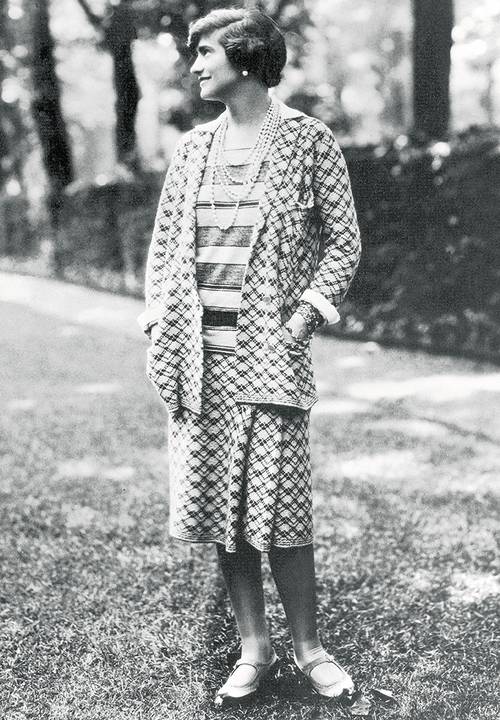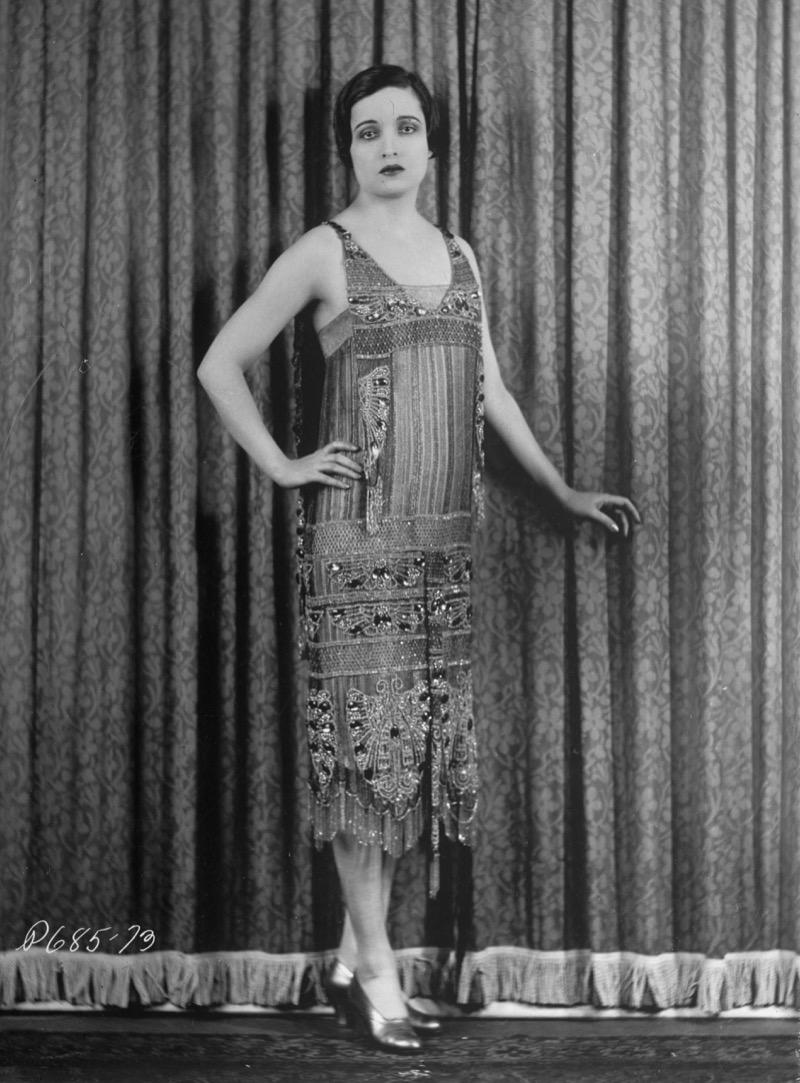Women's Fashion in the 1920's
Originally written in 2022, edited in 2024 :)


Many people think that in the 1920s, women wore showy "flapper" dresses. But the reality is that since fashion was just coming out of the 1900s, an era filled with long skirts and layers upon layers, it is impossible most got comfortable showing that much skin in only two decades. The contrast between modern-day interpretations of 1920s women's fashion and what women of the decade actually wore is bigger than expected.
Moving on from the tiny waists of the 1900s and the natural silhouettes of the 1910s, the 1920s shifted into a shapeless, tube-like figure for women. The waistline was dropped to the hips and more began adapting for dresses that didn't show off a natural figure. Women wore corsets or corselets under their clothing, an undergarment that went down to the mid-thighs and also acted as a garter belt or lingerie. The corset made the waist somewhat disappear, again giving off a tube silhouette and body shape. The thinner you were in the 1920s, the more likely it was that you would fit in with the current fashion trends.
When attending a 1920s themed party or event, more commonly referred to as 'Gatsby parties,' it isn't rare for you to see women dressed in tiny fringe-covered spaghetti strap dresses with their hair in some kind of small hat or bow. While this interpretation isn't complete nonsense, since in many photographs women are seen wearing fringe or hats, the most important thing to remember is the social standards at the time. Women's bodies were still seen as something that needed to be covered. The highest a dress could go would be just below the kneecaps, with the exception of the fabric riding up when the woman would or a breeze would blow. The showing of ankles was still relatively new, having come into style in the late 1910s, so you couldn't expect much actual thigh to be shown in public.
One of the most misconstrued styles from the 1920s is flapper fashion. Not many recognize flappers as the rebellious subculture it was at the time. Although it is the most stereotypical image people think of when it comes to the 1920s in general, a big part of the subculture was a disdain for what was considered 'acceptable behavior'. Young women regularly expressed this hatred by wearing short skirts and acting loud and exuberant. Flappers smoked in public, drank alcohol, and danced in jazz clubs. This harshly contrasted the Victorian morality of their parents, making flappers the rebels of their generation.